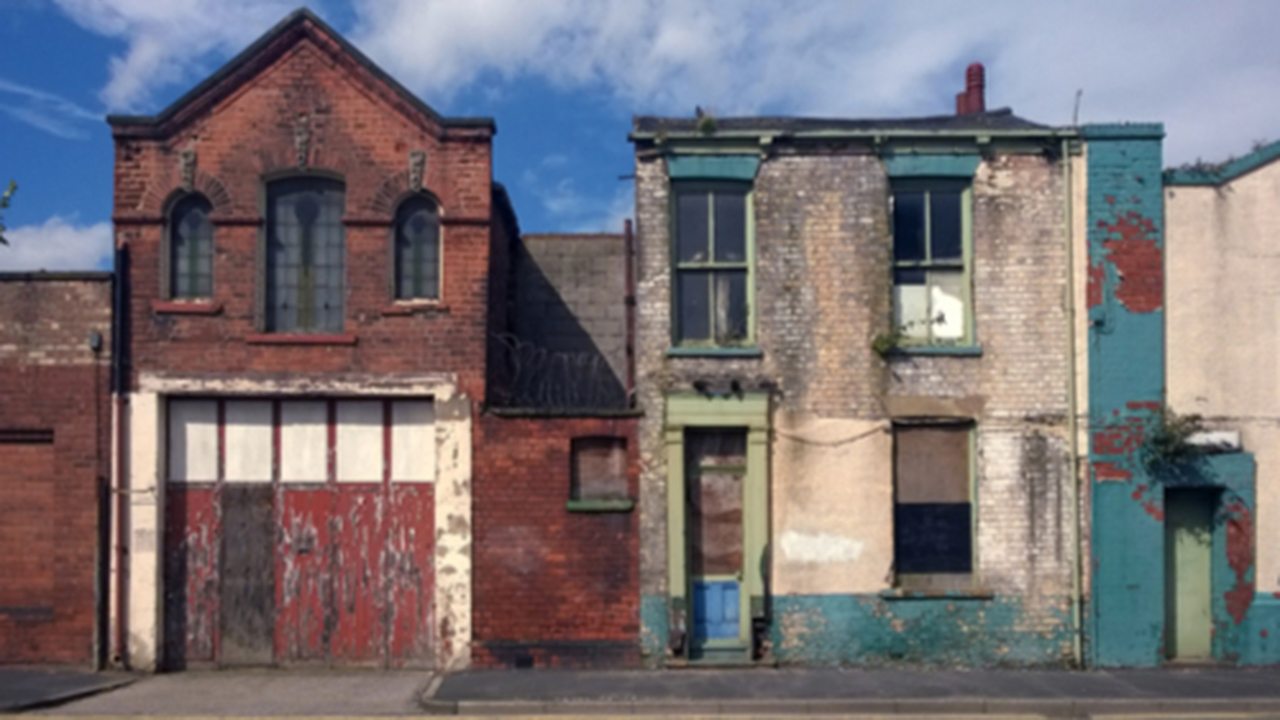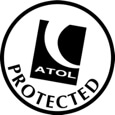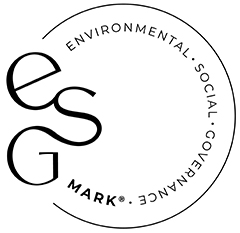Should you be claiming land remediation relief?
There are some obscure reliefs in the tax code, but few are as valuable as land remediation relief. Available solely to companies, this relief is unusual in two respects.
Firstly, it allows claimant companies to make an election to treat capital expenditure as revenue (and therefore obtain a deduction against profits). Secondly, it allows the claim to be for 150% of the total expenditure – valuable indeed!
If the company makes a loss because of a claim to land remediation relief, the loss can be surrendered in exchange for a tax credit equal to 16% of the loss, although with the corporation tax rate changing to 25% in April 2023, if cash-flow isn’t an issue it might be more effective to carry the loss forward.
Relief qualification
To qualify for relief the company must acquire a major interest in land/property in the UK, which would include a lease of seven years or longer. That interest must be for the purposes of a UK property business or trade carried on by the company. The land must have been in a contaminated state on acquisition (although this requirement is waived if it later becomes contaminated by Japanese knotweed).
Exclusions
There are some general exclusions: A company cannot make a claim if their action (or inaction) caused the contamination. This also applies if a connected company caused it. Relief cannot be claimed by landlords where contamination was caused by tenants.
Additionally, if the works are subsidised, relief is denied.
Qualifying expenditure
Expenditure will qualify for relief where it meets a whole host of conditions. The most important ones are as follows:
- the expenditure must be on land/buildings, all or part of which is in a contaminated or derelict state
- it must be expenditure which would not have been incurred had the asset not been in a contaminated or derelict state
- it must be expenditure on staffing costs, materials employed directly in the remediation, or costs sub-contracted out.
Although the company must have acquired the land/site with the contamination already present, as referenced above, expenditure on such remedial work at any point thereafter can qualify. If, for example, you purchased a building a number of years ago with asbestos in the roof, but have only recently taken the decision to have this removed, then a land remediation relief claim would still be appropriate.
Examples of qualifying claims
Removal of asbestos
One of the most common examples we see where land remediation relief is claimed, relates to the removal of asbestos and replacement with safe materials within a building. The relief can be claimed either on removal, or ‘capping’ to protect the area.
Removal of Japanese knotweed
There are few that would appreciate the insidiousness of Japanese Knotweed until having to deal with it themselves; the cost and effort to eradicate it completely can be significant and this could qualify for land remediation relief.
Derelict land
Where a site listed on the English National Land Use Database as being derelict since 1998, or if it has been derelict for 10 years then relief might be available for demolishing existing buildings and preparing the site for redevelopment.
Other common contaminates
Other contaminates which might qualify for relief:
- sulphate contamination in soil and concrete
- hydrocarbon contamination (i.e. fuels, oils, etc.)
- ground/landfill gases
- pollution from previous industrial activity (not from claimant company)
- radon protection measures
- arsenic.
For more information or to discuss a potential claim for your business, please contact us to talk to one of our Corporation Tax experts.
If you have any questions about the above, or would like more information specific to your circumstances, please enter your email address below and we will get in touch:














